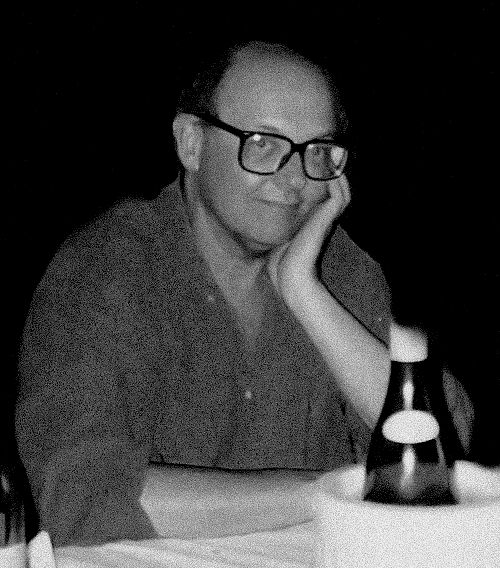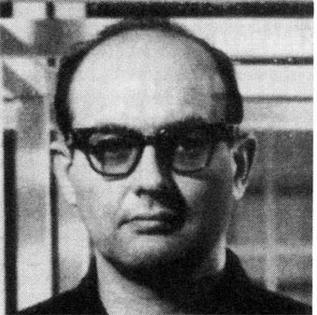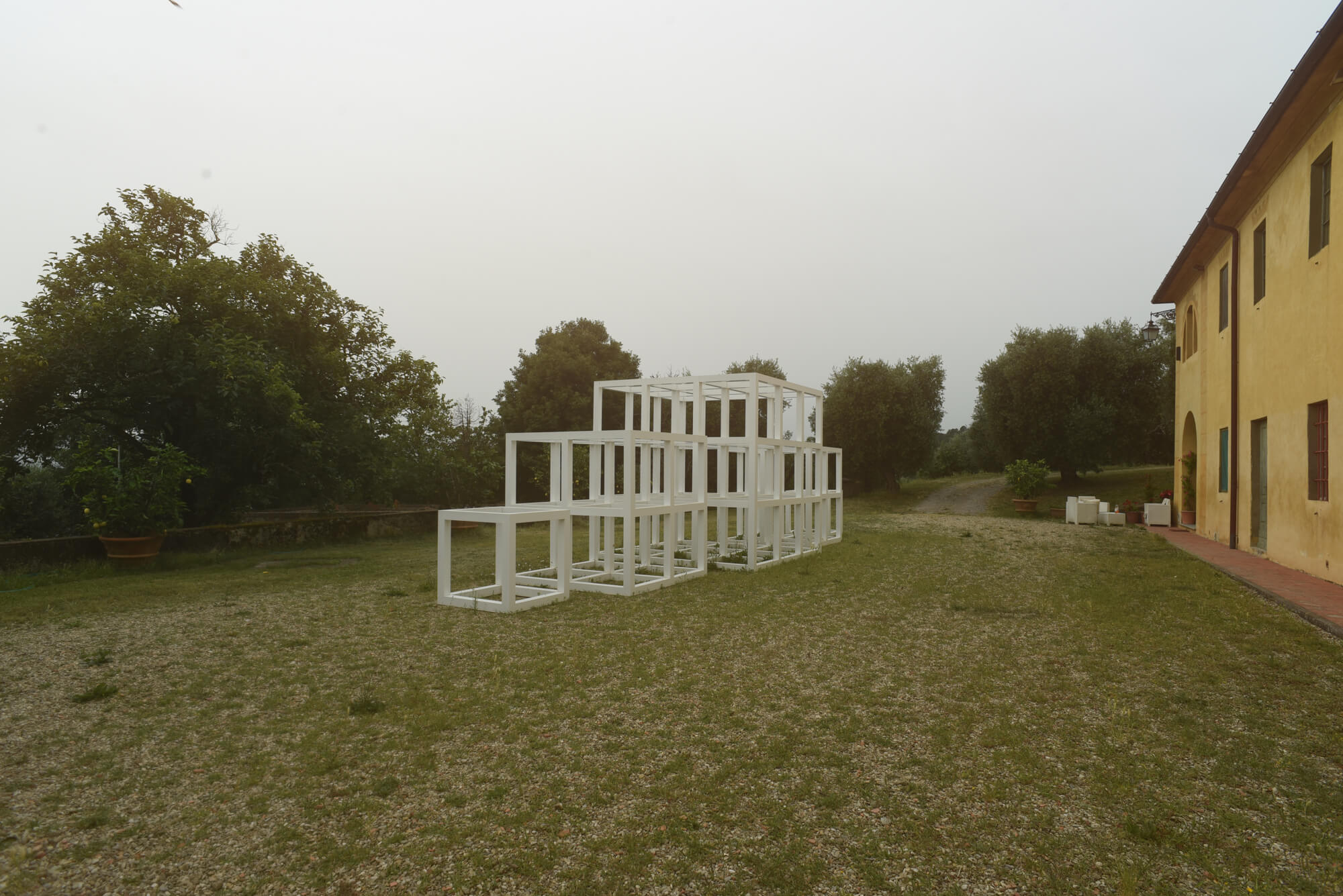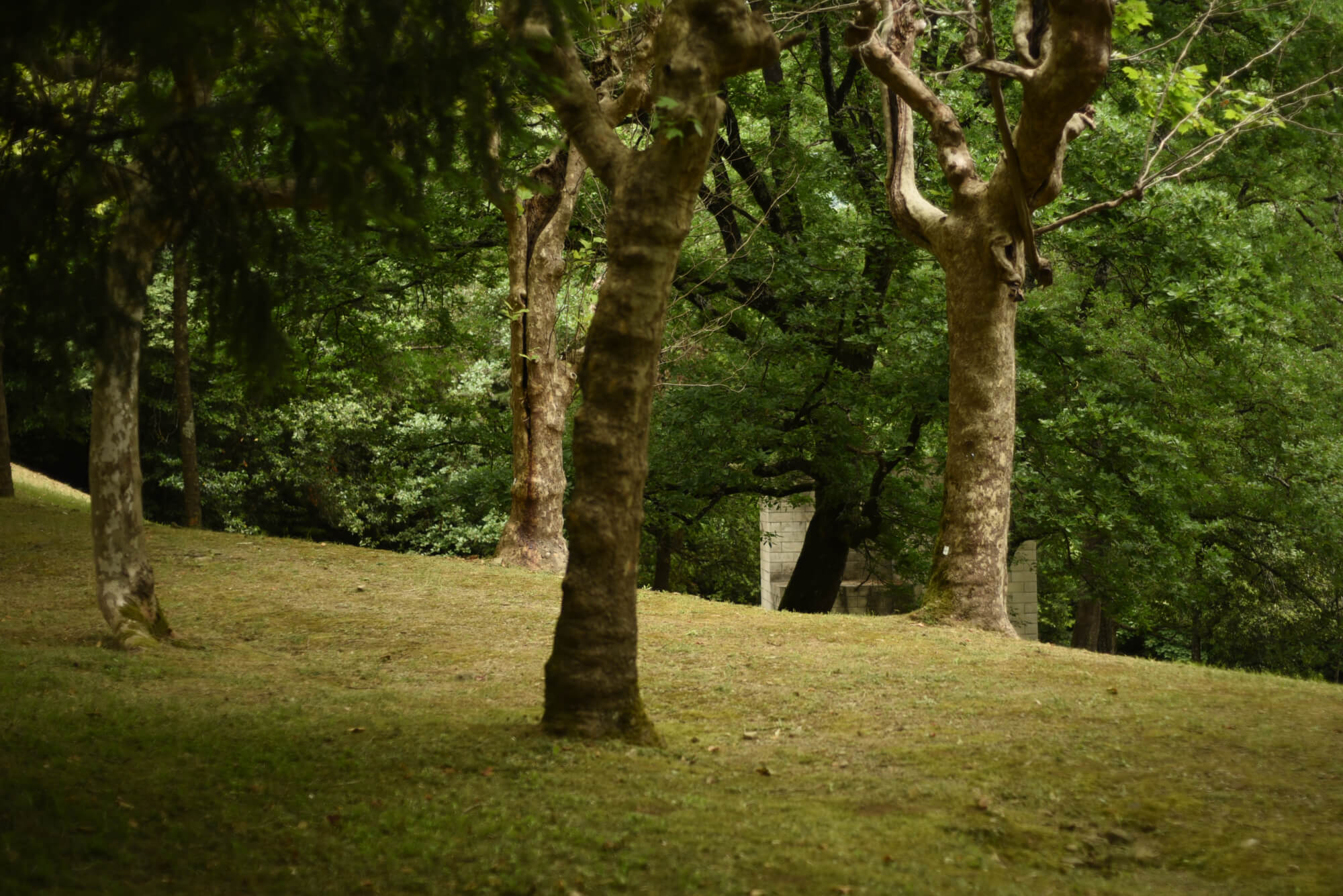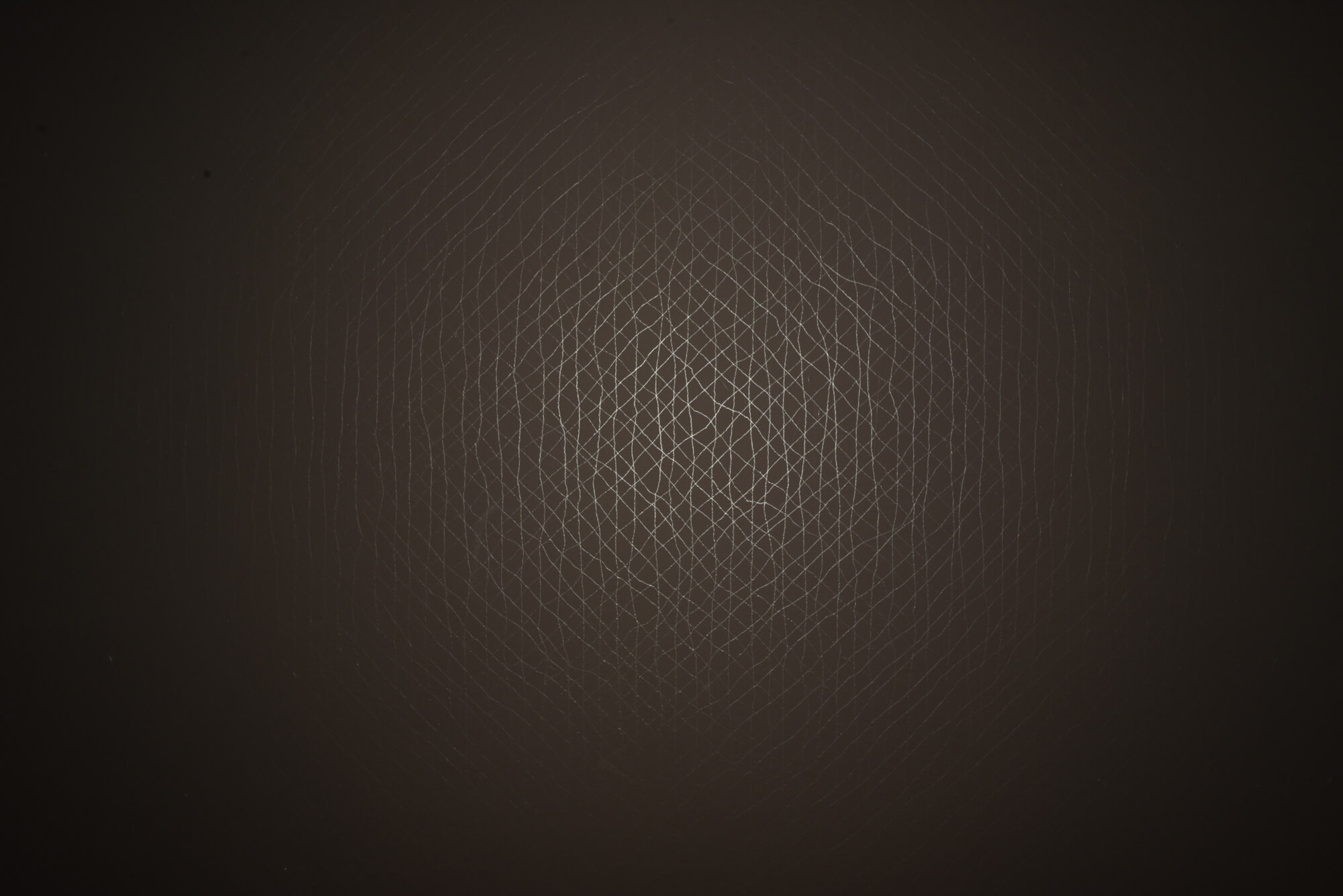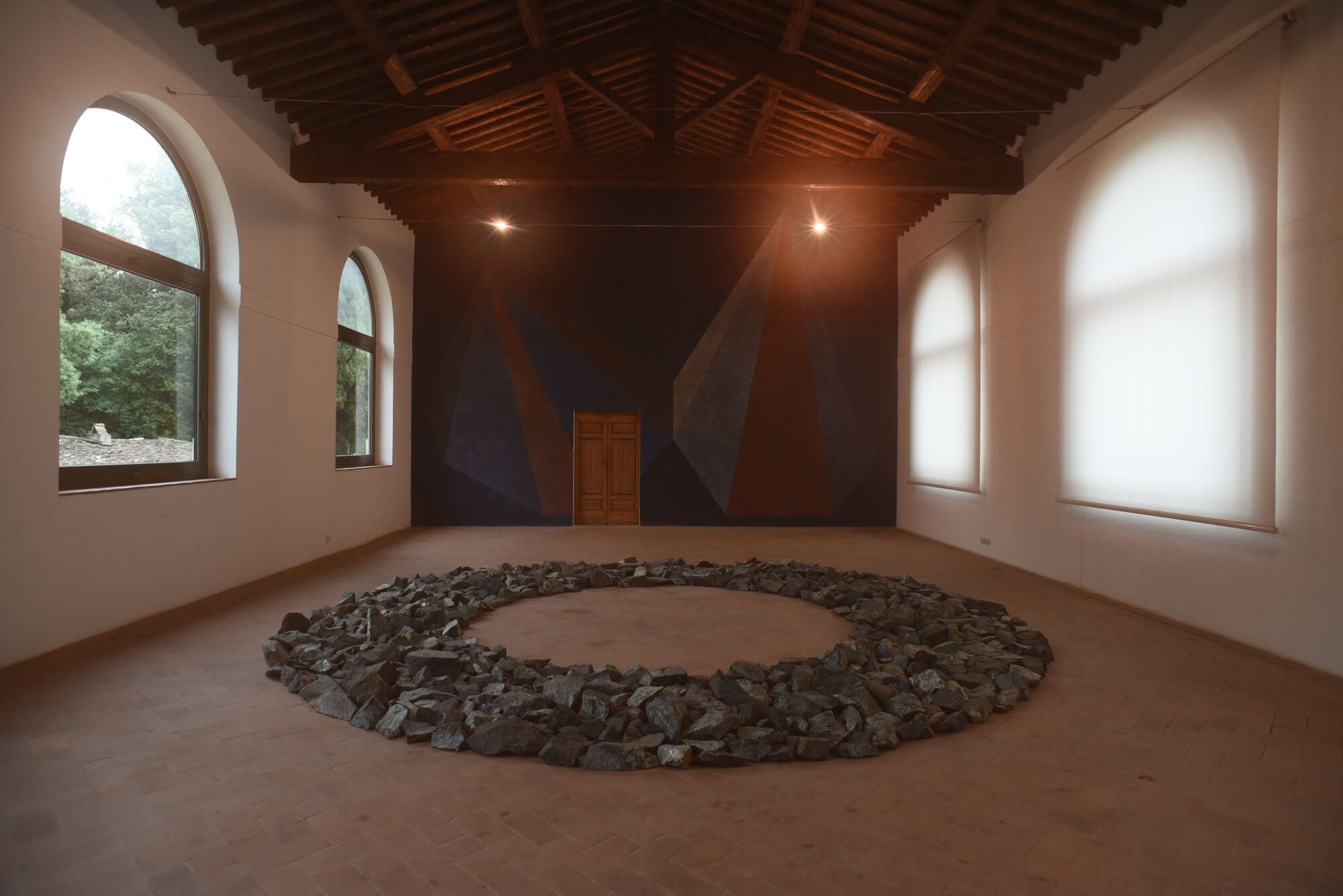Sol LeWitt (Hartford, 1928 – New York, 2007)
The friendship between the Gori and LeWitt families originated and solidified within the context of the Spoleto Festivalof the Two Worlds. Every July, Pina and Giuliano attended performances in Umbria before Carol and Sol came up to spend a few days conversing about art in the garden of Celle. Sol LeWitt became acquainted with the spaces of the farm before the restoration of the fattoriabuilding began in 1985. In the same year, he chose a former hayloft as a site to install one of his Wall Drawings (WD#445), in which the use of colors was inspired by the presence of terracotta flooring and the roof tiles visible through the large windows. The following year, WD#494created on the opposite wall referred to the shades of blue and green present in Anelloverde di Prato that, in the meantime, Richard Long had been created on the floor. In 1998, LeWitt fulfilled Giuliano’s wish to have an artwork outdoors by creating Cubosenzacubo in the park.

